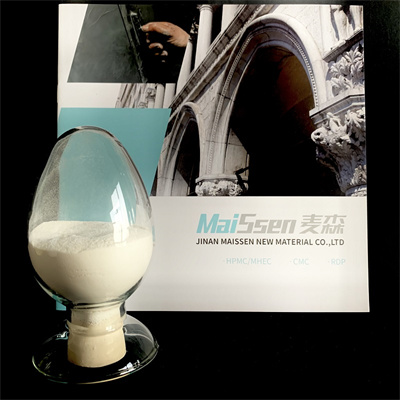In the realm of construction materials, Hydroxypropyl Methylcellulose (HPMC) and Methyl Hydroxyethylcellulose (MHEC) stand out as two prominent additives used in various applications. While both offer valuable benefits, understanding their unique characteristics is essential for selecting the most suitable option. In this article, we will compare HPMC and MHEC, shedding light on their differences and helping you make informed decisions for your specific needs. Let's dive in!

HPMC: Enhancing Performance and Versatility
HPMC, also known as hydroxypropyl methyl cellulose ether is a non-ionic cellulose ether derived from natural plant fibers. This versatile additive finds extensive use in multiple industries, including construction, pharmaceuticals, and cosmetics. In the construction sector, HPMC excels in enhancing the properties of various products such as tile adhesives, self-leveling compounds, cementitious renders, and more.
MHEC: Tailored for Enhanced Rheology Control
Methyl Hydroxyethylcellulose (MHEC) is a cellulose ether derivative that shares similarities with HPMC. However, it possesses unique characteristics that make it particularly suitable for applications requiring advanced rheology control. MHEC is widely employed in cement-based systems, including mortars, grouts, and cementitious renders, where precise control over viscosity and water retention is essential.
Solubility in Water
One of the primary differences between HPMC and MHEC lies in their solubility behavior. HPMC exhibits excellent solubility in water, readily dispersing to form a homogeneous solution. This characteristic facilitates its incorporation into various liquid formulations. On the other hand, MHEC displays delayed solubility, requiring more time to dissolve completely. This delayed solubility allows for extended open time in cement-based systems.
Rheological Properties
Rheology, the study of flow and deformation of materials, is a crucial aspect when considering HPMC and MHEC. HPMC acts as a rheology modifier, enhancing workability, spreadability, and sag resistance in products like tile adhesives. In contrast, MHEC provides superior thickening and water retention properties, offering precise control over viscosity and improving overall application characteristics in cement-based systems.
Application Considerations
When selecting between HPMC and MHEC, it is essential to consider the specific requirements of your application. HPMC's versatility makes it suitable for a wide range of construction products, providing excellent workability, adhesion, and water retention. MHEC, with its advanced rheology control, is particularly advantageous in cement-based systems, ensuring optimal viscosity and extended open time.
Conclusion
In conclusion, both HPMC and MHEC offer valuable contributions to the construction industry, albeit with distinct characteristics. HPMC's versatility makes it a preferred choice for various applications, enhancing performance and quality. Meanwhile, MHEC's tailored rheology control provides precise viscosity and extended open time in cement-based systems.
Understanding the differences between HPMC and MHEC empowers you to make well-informed decisions when selecting additives for your specific needs. Consider the unique properties of each and choose accordingly to achieve optimal results in your construction projects.
评论
发表评论